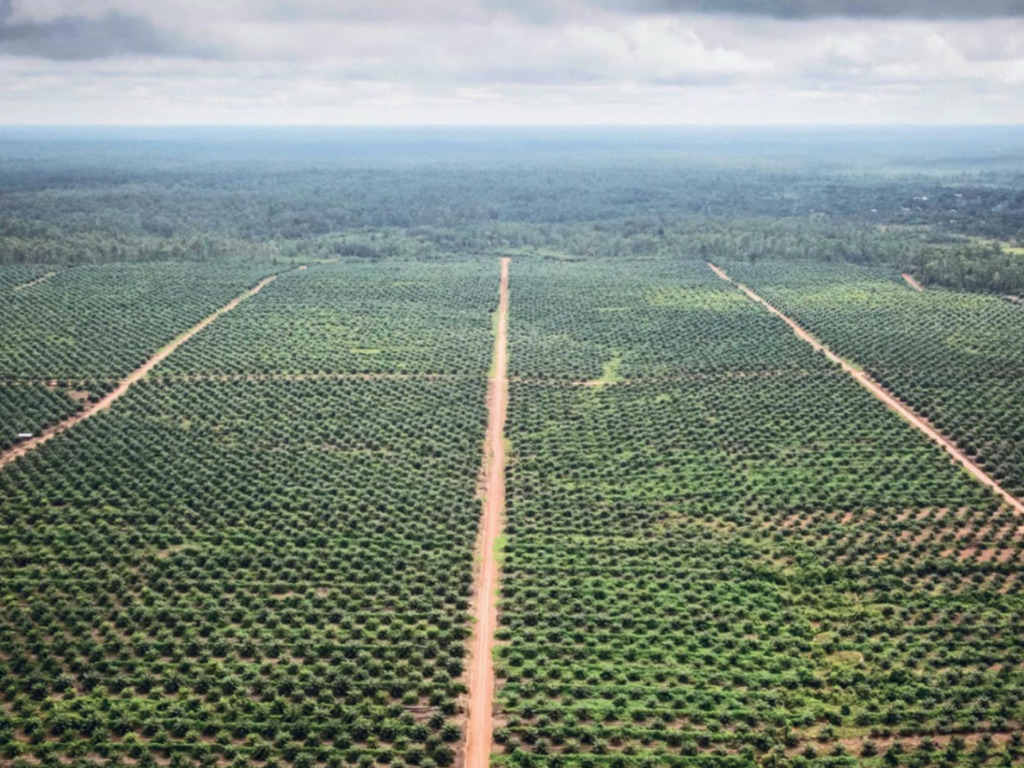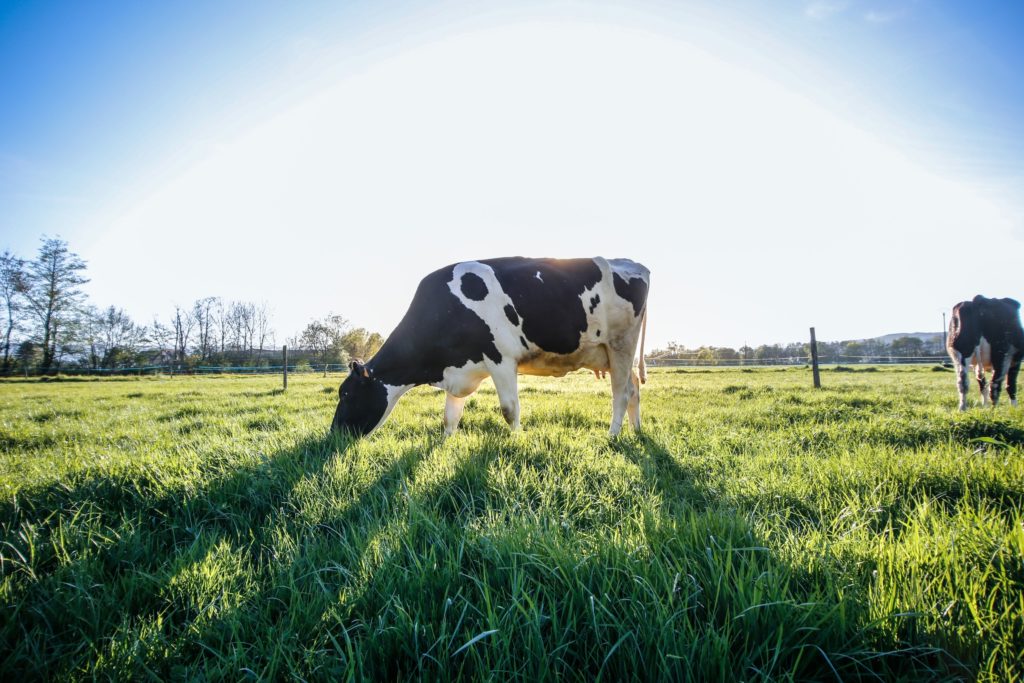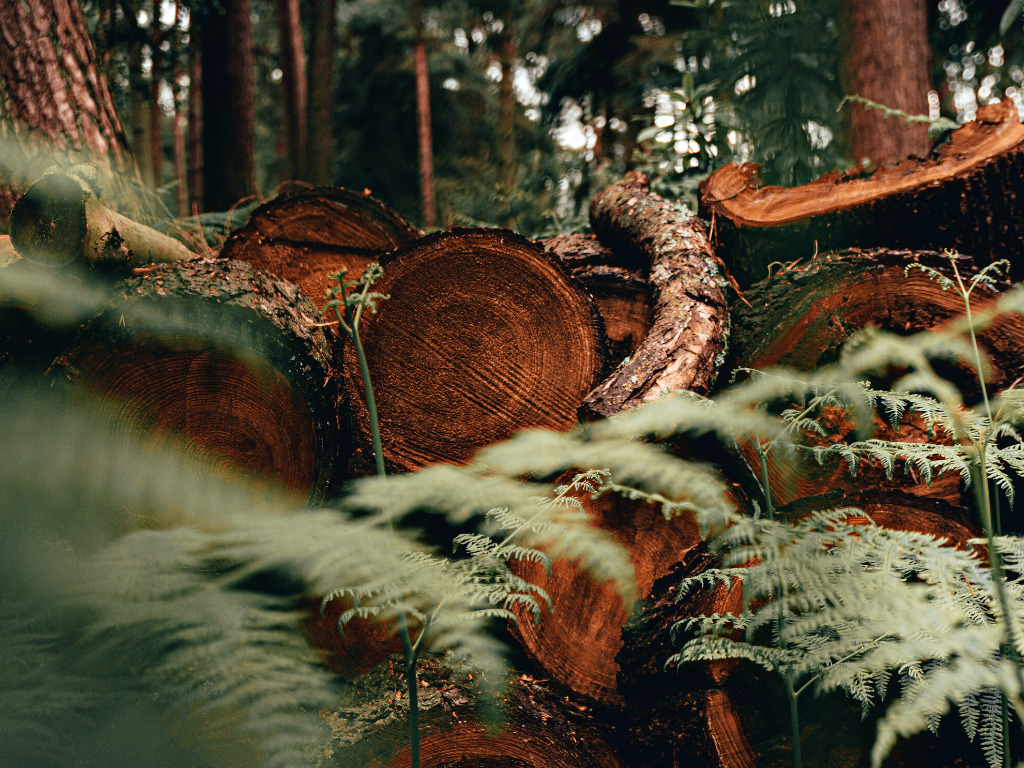Agriculture Is Responsible for Nearly All Tropical Deforestation, New Study Finds
4 Mins Read
New research finds between 90 to 99 percent of all tropical deforestation is related to agriculture, either directly or indirectly.
The new research, published in the journal Science found only half to two-thirds of deforested land for agricultural purposes actually winds up seeing active agriculture. Much of the land lies razed and unused.
The study comes as the U.N. recently warned deforestation could lead to a financial collapse as big as 2008’s crash.
The findings
“A big piece of the puzzle is just how much deforestation is ‘for nothing,’” said Prof. Patrick Meyfroidt from UCLouvain and F.R.S.-FNRS in Belgium.
“While agriculture is the ultimate driver, forests and other ecosystems are often cleared for land speculation that never materialised, projects that were abandoned or ill-conceived, land that proved unsuitable for cultivation, as well as due to fires that spread into forests neighboring cleared areas”.

Deforestation has long been a result of agriculture, but the new study is the first to pinpoint the loss of hectares to more specific numbers, narrowing loss down to 6.4 to 8.8 million hectares per year from previous estimates of 4.3 to 9.6 million hectares between 2011 to 2015.
For more than a decade, estimates suggested 80 percent of deforestation is related to agriculture, but the new findings push that number up significantly.
“Our review makes clear that between 90 and 99 percent of all deforestation in the tropics is driven directly or indirectly by agriculture,” Florence Pendrill, lead author of the study at Chalmers University of Technology, Sweden, said in a statement.
“But what surprised us was that a comparatively smaller share of the deforestation—between 45 and 65 percent—results in the expansion of actual agricultural production on the deforested land. This finding is of profound importance for designing effective measures to reduce deforestation and promote sustainable rural development,” Pendrill said.

The research saw a collaboration between the world’s leading deforestation experts and looked not only at the connection between agriculture and deforestation, but how it impacts conservation efforts.
Three commodities are driving tropical deforestation: land for pasture, soy—grown primarily for livestock feed—, and palm oil. The researchers also point to sector-specific initiatives that aren’t effectively dealing with indirect impacts.
Tangible solutions
“Sector-specific initiatives to combat deforestation can be invaluable, and new measures to prohibit imports of commodities linked to deforestation in consumer markets, such as those under negotiation in the EU, UK and USA represent a major step forward from largely voluntary efforts to combat deforestation to date,” said Dr. Toby Gardner of the Stockholm Environment Institute and Director of the supply chain transparency initiative, Trase.
“But as our study shows, strengthening forest and land-use governance in producer countries has to be the ultimate goal of any policy response. Supply chain and demand-side measures must be designed in a way that also tackles the underlying and indirect ways in which agriculture is linked to deforestation. They need to drive improvements in sustainable rural development, otherwise we can expect to see deforestation rates remaining stubbornly high in many places,” Dr. Gardner added.

The researchers say the new data is key for policymakers across consumer markets, the private sector, and rural development policies in the producing countries. They say supply chain interventions are critical and must go beyond specific commodities to drive “genuine partnerships” between the producers, consumer markets, and governments.
Three gaps need addressing to reduce deforestation, the researchers say.
“The first is that without a globally and temporally consistent data product on deforestation we cannot be confident about overall trends in conversion. The second is that except for oil palm and soy, we lack data on the coverage and expansion of specific commodities to know which are more important, with our understanding of global pasture and grazing lands being especially dire. The third is that we know comparatively very little indeed about tropical dry forests, and forests in Africa”, said Professor Martin Persson of Chalmers University of Technology.
“What is most worrying, given the urgency of the crisis”, Prof. Persson said, “is that each of these evidence gaps pose significant barriers to our ability to drive down deforestation in the most effective way – by knowing where the problems are concentrated, and understanding the success of efforts to date.”




